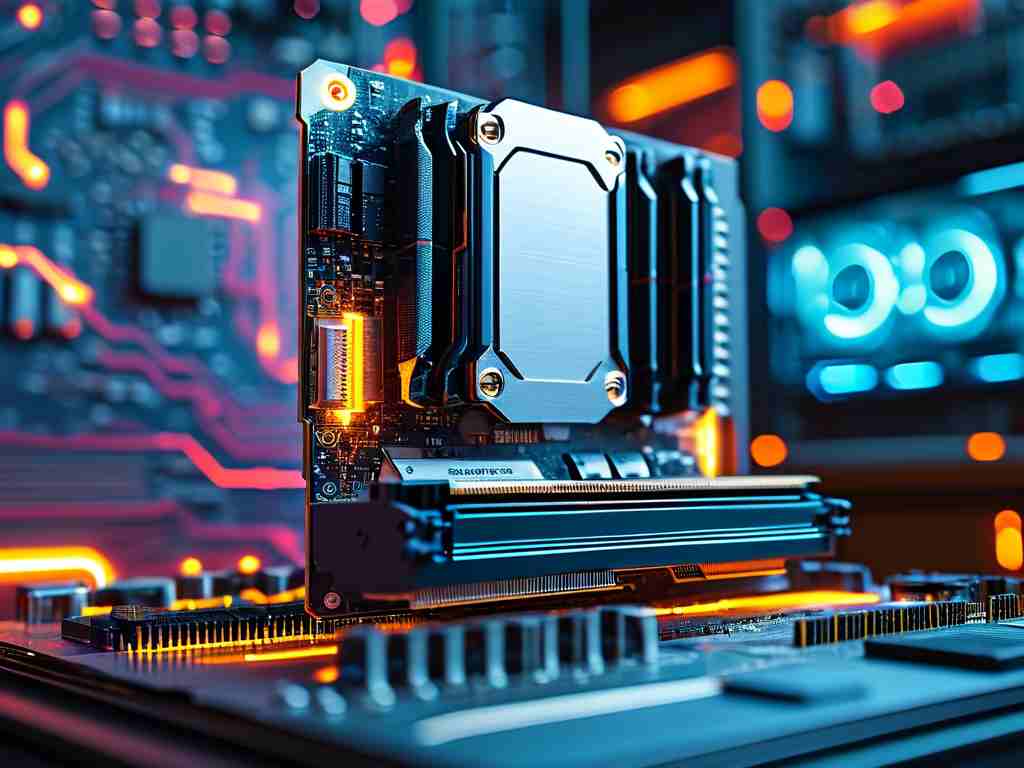Understanding how to calculate memory requirements is essential for optimizing device performance and avoiding storage bottlenecks. Whether you're configuring a smartphone, designing embedded systems, or planning server infrastructure, the methodology follows similar principles. This guide explains three practical approaches to determine memory needs while addressing common pitfalls.

1. Data Type Analysis
Every calculation starts with identifying data types. A 4K video file consumes approximately 3.5GB/hour, while a text document might use 50KB/page. For software applications, examine file formats:
# Example: Calculating image storage needs
total_images = 500
image_size_MB = 12 # 12MP RAW photo
total_space = total_images * image_size_MB / 1024 # Convert to GB
print(f"Required storage: {total_space:.1f}GB")This code demonstrates how 500 high-resolution photos would need ~5.86GB. Always account for metadata – EXIF data in photos or ID3 tags in audio files can add 5-15% overhead.
2. Concurrent Usage Patterns
Memory calculations must consider simultaneous operations. A security camera system storing 30 days of 1080p footage (2GB/day) needs 60GB baseline. However, real-world requirements increase by 25-40% when accounting for:
- Simultaneous recording/playback buffers
- Motion detection analytics
- Temporary file caching
Industrial systems demand stricter calculations. A PLC managing 10,000 I/O points with 2-byte registers requires 20KB fundamental memory. In practice, engineers triple this value to accommodate communication protocols and error logs.
3. Future-Proofing Considerations
Storage projections should follow the 30/70 rule: Allocate 30% extra capacity beyond current needs to handle:
- Software updates (iOS updates grew from 1.2GB to 5.5GB between 2016-2023)
- File format evolution (HEVC videos use 50% less space than H.264 but require newer codecs)
- Wear leveling in SSDs (25-30% reserved space maintains performance)
Case Study: Smartphone Memory Planning
For a 128GB phone:
- OS: 15GB
- Apps: 30GB (average 150 apps at 200MB each)
- Media: 45GB (3,000 photos + 10hr 4K video)
- Buffer: 38GB (30% reserve)
This reveals why manufacturers recommend higher capacities – actual usable space is typically 85-90% of advertised values due to formatting and system partitions.
Advanced Techniques
Enterprise environments use predictive algorithms:
SELECT
device_type,
AVG(daily_data) * 30 * 1.3 AS projected_monthly
FROM usage_stats
GROUP BY device_type;Such queries help anticipate growth patterns. Cloud-based solutions add complexity – AWS estimates memory needs differently for Lambda functions (128MB-10GB) versus EC2 instances (up to 24TB).
Common Errors
- Ignoring swap space: Linux systems typically require RAM + swap = 1.5x physical memory
- Overlooking filesystem overhead: NTFS uses 4KB/cluster, ext4 up to 256KB
- Misjudging compression ratios: ZIP files average 2:1 reduction, but encrypted data compresses poorly
Verification Methods
- Load testing with tools like MemTest86
- Monitoring actual usage via Task Manager (Windows) or htop (Linux)
- Implementing canary files to track unexpected storage consumption
As storage technologies evolve (QLC NAND, 3D XPoint), calculation parameters change. A 2024 study showed that PCIe 5.0 SSDs require 15% more spare area than PCIe 4.0 drives for sustained performance. Always consult device-specific documentation and factor in technological advancements when making memory decisions.









